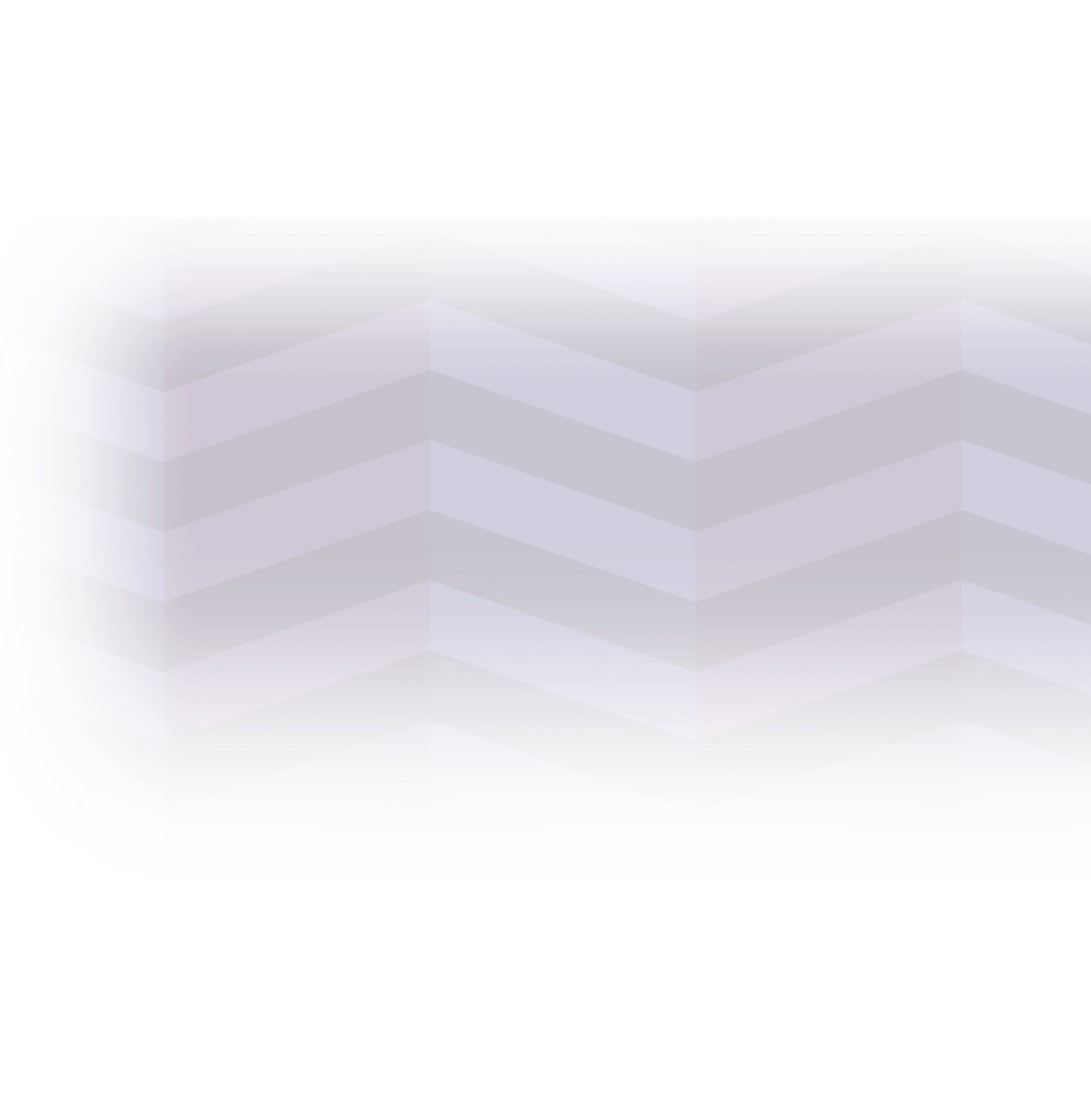Either way, we can help. Brands and the agencies that support them may share the same goals, but each has different needs. We’ve tailored our services (and our content) around those needs. Pick one and if you like, you can use the toggle on the right to switch between them.

Creative
We don’t slavishly translate word for word, we use cultural insight to adapt creative content in any language.
+
Data
Performance data and customer insight inform our approach so your ideas land strong and work hard.
Bespoke
We’re independent and agile, we wrap our expertise and technology around your need.
+
Scale
We work on global campaigns, but apply the same forensic rigour to everything we do.
At your service
Whether you are in the middle of a project now, or planning your next one, the sooner we join, the more we can help.
Competitor Analysis
Concept Checking
Cultural Consultancy
DCO Planning
Data Analysis
Influencer Strategy
AI Strategy
A/B testing
Translation
Transcreation
Copywriting
Origination
Asset localisation
Automation
In-Language Asset Review
Language Fonts
Motion Graphics
Voice Overs
Subtitles & Captioning
Brand guardianship
Copy Validation
In-asset review
Copy review
Sign-off
TM Management
Social Monitoring
Moderation
Market reporting
Influencer Activation
Performance review
Reporting & optimisation
Insights and learnings




